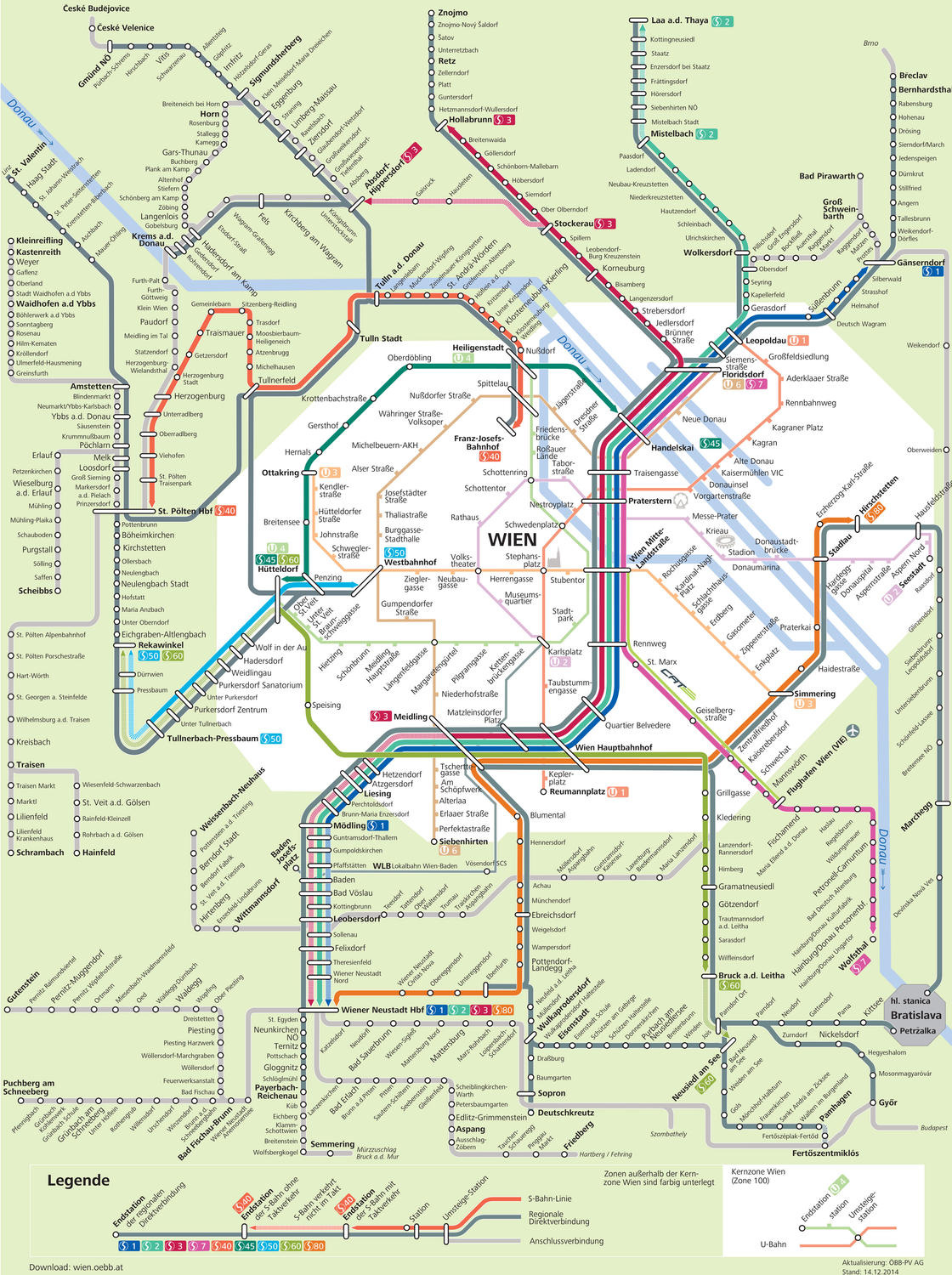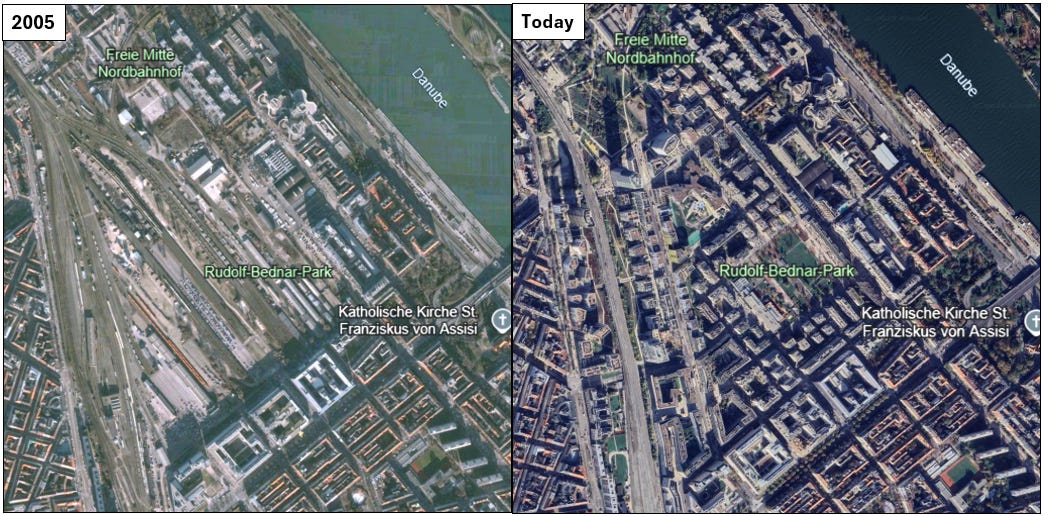I’ve just gotten back from Vienna, which is an awesome city well worth visiting. Within housing circles, Vienna is the poster child for social housing (also called affordable housing - with rents mandated at low prices).
Vienna has a lot of social housing - covering nearly half of the housing stock, compared to about 4% nationally in Canada (Austria nationally is ~24%). This generates a lot of wishing that we could be like Vienna, and I think it would be great to have huge chunks of the population paying low rents, but it’s worth thinking about how Vienna got to where it is.
The Benefits of Degrowth?
First, a history lesson. Vienna was the seat of the Hapsburg empire, a six century long dynasty that covered many parts of Europe at its peak. The empire ended after WWI, which kicked of a century-long period of de-population.
This is just not a situation that most Canadians cities have ever seen. Here in Halifax, even a couple decades of slow growth helped make Halifax quite affordable up until about 2015 (in the U.S., Chicago is another example of an relatively affordable city because of population decline). The government is going to have an easier time buying land and building if there’s declining population.
That’s the context for the famous “Red Vienna” era (1918-1934), where the new non-imperial government set out to build a bunch of housing. Much of that housing still exists today:
So yes, if Canada had a hundred years of no population growth - that would make favourable conditions to ramp up social housing. But beyond land acquisition, the socialist Red Vienna government used property taxes to fund about 40% of it’s social housing program. I think it would be a great idea to raise property taxes (taxing the beneficiaries of a housing crisis) to fund social housing (helping the victims of a housing crisis). But our politics are no where close to that. In Nova Scotia, there’s no political appetite to increase property taxes by even the rate of inflation. It’s a non-starter among provincial or municipal politicians. So the municipality complains and waits for another level of government to hand over billions.
Red Vienna in your backyard?
The other striking part of Vienna is what housing looks like. Much of city is covered in 6-8 storey buildings. These buildings were often built in rows, using up the entire lot to maximize building floor space. This is not possible here, and would be criticized by Red Vienna’s fans. Even the post-war housing projects, giant concrete slabs including some luxuries like rooftop pools - would be hard to fathom with Canadian rules.
I’d pay to see a public consultation meeting on such a housing project. Or really, any of Vienna’s housing projects.
It was interesting to see that Red Vienna’s housing projects, while numerous, also seem to suffer from some NIBMYism - while scattered throughout the city, few were located in the central parts of the city (and the central district, “I” on the map, shows no new housing).
I think that hints at the challenges of urban infill housing. Obviously, European cities have far more commitment to keeping their old cities looking like they did 200 years ago (mostly densely packed 6-8 storey buildings). And that’s fine. But it also requires compensating efforts, especially in transportation.
S-Bahn to the rescue
Vienna has really impressive public transit. There’s overlapping networks of streetcars, a metro, and regional rail (S-Bahn), that lets you move near or far across the city quite rapidly.
It also lets the city develop new areas, plug into the network(s) and add huge amount of housing without causing traffic chaos. The neighborhood I stayed in turned from a railyard and parking lots into a wonderful neighborhood with lots of great housing, quiet streets and parkspace.
So to be like Vienna, we just need to:
Allow 6-8 storey buildings with full lot coverage without NIMBYism
Raise property taxes to fund it
Build and fund a extensive public transit system, likely taking many rights of way from cars to trains
Have decades to do it
I’m not optimistic.











As Vienna is surrounded by another state (Lower Austria) with different priorities, Vienna is getting hemmed in by commuter towns, luxury housing, etc. One can ride the hourlong, formerly quaint, streetcar to Baden to see the strip malls, outlet stores, office parks, and other accoutrements of suburbia clogging the landscape. I’ve not yet been to Halifax or Toronto, but watching Vancouver outgrow itself since the 1980s has been quite shocking to me (we used to cross from the town of Sumas, Washington, US to the small town of Abbotsford, BC for the nearest shopping, and now even Abbotsford is a major city).
Deny,
Come on Deny wheres the love for the future? Just because old people rule today doesn't mean we will be around for ever. Halifax newest district will be called" little vienna" built along the subway lines from the South End to Bedford. What a great future Haliax has in store with young people like you.